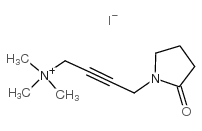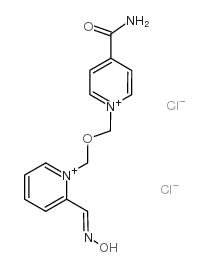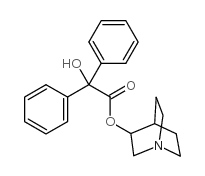| Structure | Name/CAS No. | Articles |
|---|---|---|
 |
Oxotremorine M
CAS:63939-65-1 |
|
 |
Asoxime dichloride
CAS:34433-31-3 |
|
 |
3-Quinuclidinyl benzilate
CAS:6581-06-2 |